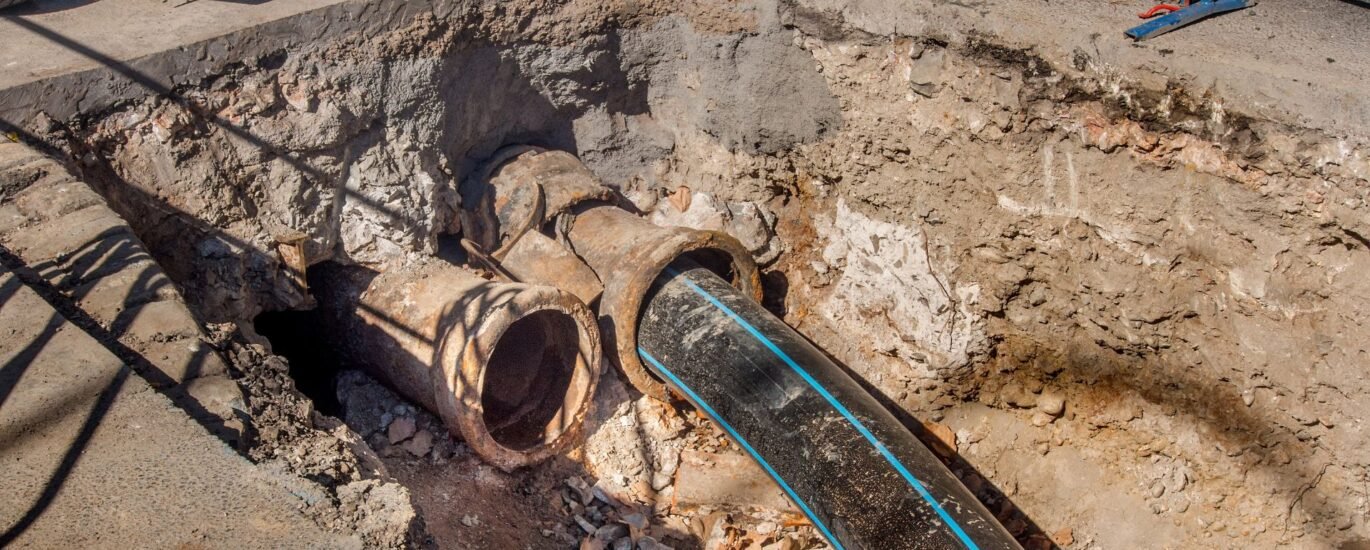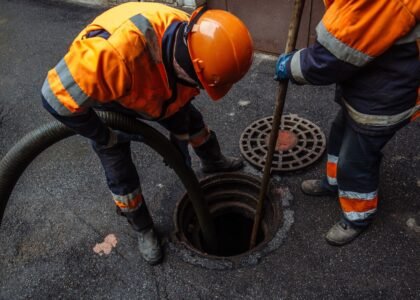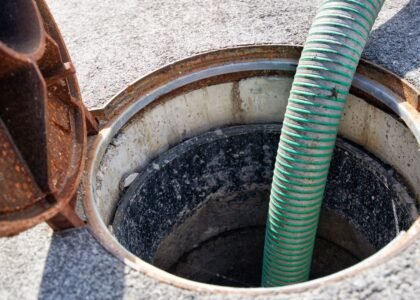Introduction
You’ve learned when sewer replacement is needed (Blog 1) and how trenchless alternatives work (Blog 2). Now let’s bring it all together: how to choose the best replacement strategy for your situation. Keep this post handy when you’re reviewing quotes or planning your replacement.
Key Evaluation Criteria for Replacement Strategy
Here are the main factors to consider when choosing:
| Criterion | What to Evaluate | Why It Matters |
|---|---|---|
| Extent of damage | Percentage of pipe affected, severity, and location | More extensive damage often calls for full replacement |
| Pipe alignment & condition | Straight runs, minimal bends, no huge offsets | These are prerequisites for trenchless methods |
| Soil & site conditions | Rocky soil, shallow depth, obstructions | Hard ground may limit trenchless or traditional digging |
| Access points | Existing cleanouts, openings | Good access reduces extra costs |
| Restoration cost | Landscaping, pavement, driveway, structure | That cost often tilts the decision |
| Local code & permit constraints | Some city rules may mandate open trench | Must check municipality requirements |
| Budget & timeline | Short-term vs long-term cost & disruption | You may accept higher cost for less disruption |
Strategy Scenarios & Recommendations
Below are typical scenarios homeowners face and recommended approaches:
Scenario A: Minor damage in accessible line
- Best: Pipe relining
- Reason: Minimal disruption, cost-effective, fast installation.
Scenario B: Major collapse or multiple breaks
- Best: Pipe bursting or full replacement
- Reason: Too much damage for lining to reliably hold.
Scenario C: Mixed damage or partial collapse
- Best: Hybrid approach
- Reason: Use trenchless in good stretches, dig for damaged segments.
Scenario D: Highly landscaped or paved yard
- Best: Favor trenchless where possible
- Reason: Saves on restoration costs of driveways, lawns, hardscapes.
Scenario E: Local codes restricting trenchless
- Best: Traditional or permitted hybrid
- Reason: Must comply with local requirements or city ordinances.
Steps to Choose a Strategy with Your Contractor
- Ask for a detailed video inspection report
- Request cost estimates for both trenchless and traditional methods
- Ask about restoration costs
- Evaluate risks — if trenchless is borderline feasible
- Check local permit and code constraints
- Review warranty or service life of materials (where applicable)
- Compare total project timeline and disruption
Case Study: A Typical Replacement Flow
Here’s a hypothetical homeowner journey:
- The homeowner notices slow drains, a sewer smell in the yard, and gurgling toilets.
- A camera inspection reveals root infiltration and cracking over a 30 ft stretch.
- The contractor proposes:
- Option 1: Full trenchless relining of 50 ft
- Option 2: Traditional replacement by trenching
- Option 3: Hybrid: trenchless for 20 ft good section, open trench for the heavily damaged 30 ft
- The homeowner weighs restoration costs (driveway, lawn), schedule, and price.
- They choose the hybrid approach: less disruption overall, lower restoration cost, and better durability.
Maintenance After Replacement
Once you’ve replaced the line, maintain it:
- Periodic camera inspections
- Regular drain cleaning
- Monitoring for signs of backup
- Root control if trees are nearby
- Avoid flushing harmful materials
Proper upkeep helps the new line last decades.



